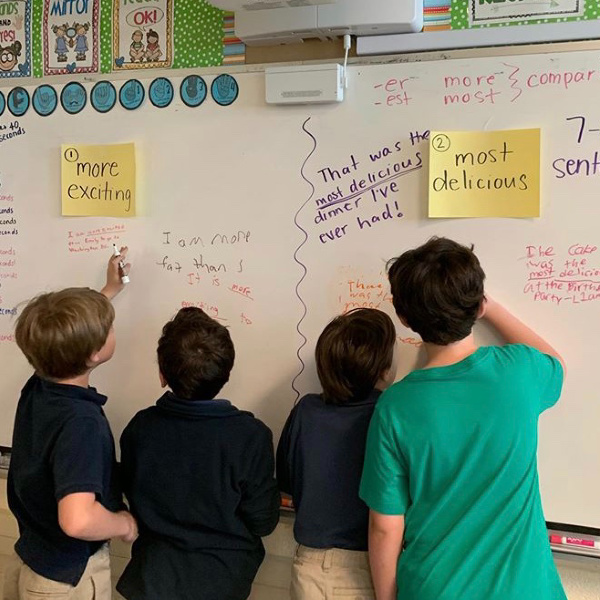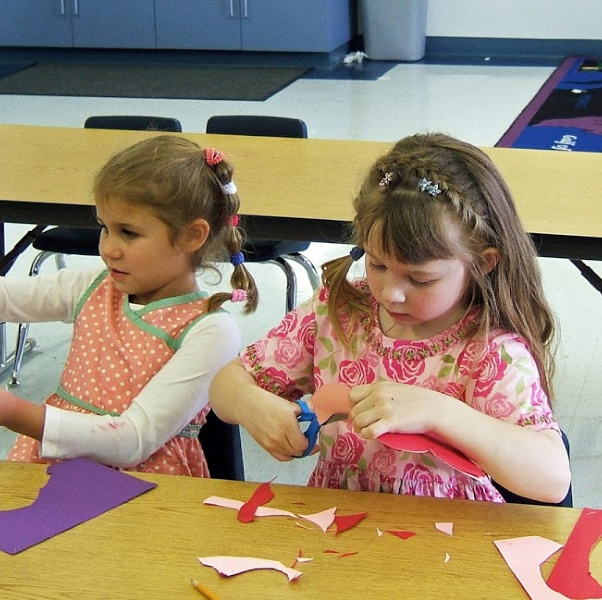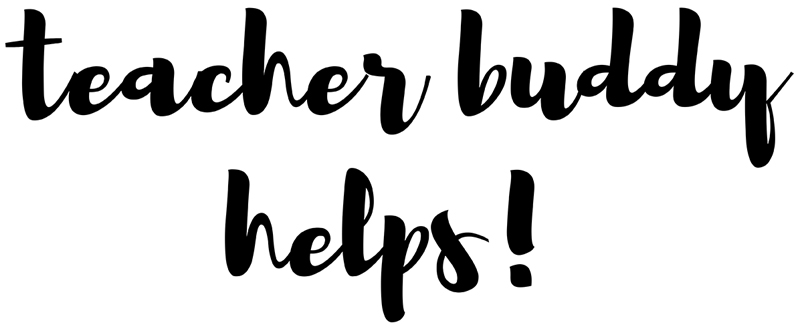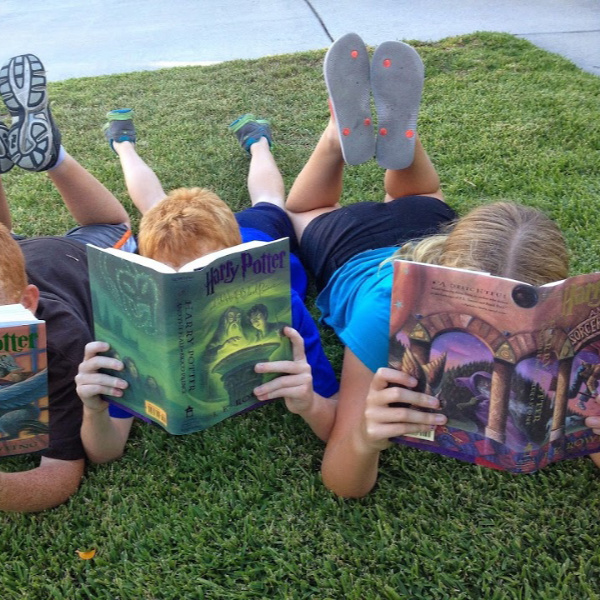Groups vs. Center Time; which is better?
Is there a difference between collaborative groups vs. center time? ABSOLUTELY! I’m going to give you the…who, what, when, where, why and how of both.
Center time is used most frequently in elementary school. Unfortunately, some teachers have taken this out of their schedules due to the “test prep.” But you really should add it back in. Hopefully, after reading this you will consider it.

THE DIFFERENCES IN COLLABORATIVE GROUPS vs. CENTER TIME.
So what are the differences? Are they at all the same? I will answer that now.
WHO?
As mentioned above, centers work well in elementary school. Collaborative Groups, also known as Cooperative Groups, work best in upper grades.
WHAT?
Center work are activities planned in advance by the teacher that the students rotate into. The goal is that each student will have completed each activity either by the end of the day or by the end of the week.
Collaborative groups are also known as cooperative groups. They usually entail having a group assignment that takes a few hours or days to complete by group members. This assignment usually has a number of skills that are incorporated into the assignment. The group must work together “as a team” to accomplish each task and complete the group assignment.

WHEN?
Most teachers with “Center time” in their elementary classroom have it scheduled 4 out of the 5 days each week. This is so that the students can have a chance to complete each activity during the week.
Another format may be to have a “Center Time” every Friday afternoon. Then it lasts about two hours. It allows all the students to complete all the centers during that one day of the week.
Collaborative groups, on the other hand, do not usually have a “set” schedule. They are used as part of a unit or theme. One good idea is to incorporate this activity at the conclusion of a theme. Then the students create a product that they then share with the entire class.
These activities can be a single day with a minimal amount of work involved. Or they can be more complex and take a week or two to complete (using 1 or 2 hours per day).
WHERE?
Both Center time and Collaborative groups take place primarily in the classroom. There may be times when you have an outdoor activity, but those times are rare.
WHY HAVE COLLABORATIVE GROUPS VS. CENTER TIME
WHY?
Most teachers that incorporate center time or collaborative groups do so in order to let the students participate in a fun group activity. Students really enjoy working on new and different tasks.
If you would like to also get a FREE list of 101 Teacher Tips, here is the link:
**
And a bonus “why” for the center time is that the teacher can structure time to work with one of the groups. Or to have one-on-one student time by pulling students aside for a few minutes.

Another important “why” is that students learn better and enjoy work more when working together. Another blogger Jennifer Gonzalez from “Cult of Pedagogy” just wrote an article about this; you can read it here.
Making Cooperative Learning Work Better
HOW Center Time Works?
The way that I structured “center time” was I planned out five activities for students to participate in. If one activity was extremely difficult such as an art project, I made sure to work with that group.
I scheduled “center time” after lunch. This way I would have a few minutes to set out the materials at each table before the students returned to the classroom. I had the student desks arranged into tables, so the activities were set out at four of the tables. The fifth activity was at the kidney table with me.
I taught my students to enter the room after lunch and go directly to their spot on the carpet. This way, the center materials weren’t touched or bothered prior to center time.
The other three were things students could do on their own without my help. Such as watercolors, “reading the walls,” or a simple cut & paste activity.
I had each group complete one center each day so that by Friday each student had been to each center. This structure worked well for me.
HOW do Collaborative groups work?
As mentioned earlier, collaborative groups can be structured in many ways. They can be as simple as a
Or they can take place over a few weeks to a month. This is an activity that
Most teachers that create collaborative group work make sure that the roles of the group members are spelled out specifically. Some examples of group member rolls are: recorder, leader, time-keeper, parliamentarian, supply monitor, etc.
You will need to review the specific rules and expectations for group work with your students. Even if they have learned them previously, review them again. You need to teach them specifically how to collaborate. What does a cooperative team member do, say, how does she act?
You’ll also need structures in place to alleviate off-task behavior. Some can be as simple as doing “group check-ins,” walking about as the students are working, and to use timers.
I wrote another article about cooperative group work, you can read it here.
5 Steps to Control Behavior During Group Work, and Keep the Noise Level Down

You will also want to limit the number of students in each cooperative group. I suggest groups of three to four. This way students are more accountable and all are able to be an effective part of their group.
Hopefully this article has helped you decide between collaborative groups vs. center time for your students. Both have their benefits and challenges. I have confidence you will find the one that works best for you!
Until Next Time,
Your Teacher Buddy






